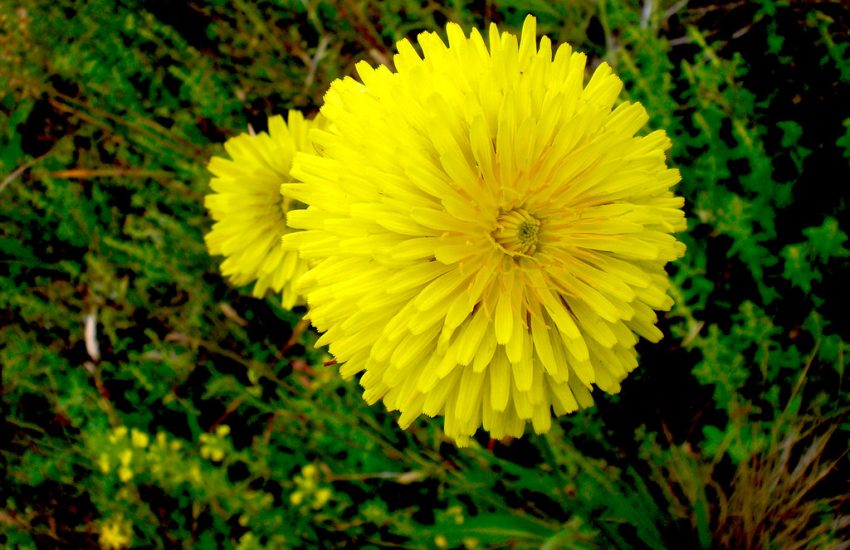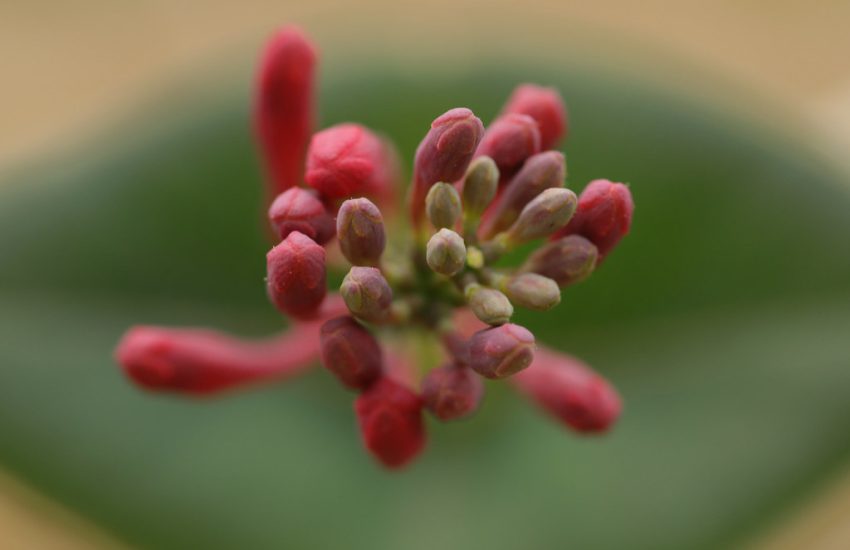What Zone is Illinois? A Guide to Illinois Plant Hardiness Zones
Illinois is a state located in the Midwestern region of the United States. When it comes to gardening, one of the most important factors to consider is the hardiness zone of the area. The hardiness zone is determined by the USDA Plant Hardiness Zone Map, which divides the country into 13 zones based on the average minimum temperature. Knowing the hardiness zone is crucial for gardeners as it helps them choose plants that are most likely to thrive in their area.
So, what zone is Illinois? According to the latest USDA Plant Hardiness Zone Map, Illinois spans zones 5a to 7b. The most northern zone (5a) is isolated to the very northwest corner of the state, while much of the rest of northern Illinois is in zone 5b. Most of the Chicagoland area is in zone 6a, while the southern part of the state is mostly in zones 6b and 7a. By knowing the hardiness zone of their area, gardeners can select plants that are well-suited to the climate and have a better chance of thriving.
Understanding Plant Hardiness Zones in Illinois
The USDA Hardiness Zone Map Explained
The USDA Hardiness Zone Map is a useful tool for gardeners and plant enthusiasts. It divides North America into 13 zones based on the average annual minimum temperature. Each zone is defined by a range of temperatures, and plants that are well-suited to a particular zone are more likely to thrive in that area.
Illinois’ Varied Climate and Hardiness Zones
Illinois is located in zones 5a to 7b, which means that the state experiences minimum temperatures ranging from -20 to 10 degrees Fahrenheit. However, due to its varied climate, Illinois has several microclimates that can affect plant growth. For example, Central Illinois has a warmer climate than Northern Illinois, and Southern Illinois has a milder winter than the rest of the state.
The Chicagoland area is unique because of the combined moderating effects of Lake Michigan and urban sprawl. Most of the area falls under zone 6a. Understanding which plant hardiness zone Illinois falls into is important for selecting plants that are well-suited to the state’s climate.
Adapting Gardening Practices to Zone-Specific Needs
Gardeners in Illinois should adapt their gardening practices to the specific needs of the zone they are in. For example, in zones 5a and 5b, gardeners should choose plants that can withstand the harsh winter conditions. Some popular options include coneflowers, black-eyed Susans, and butterfly weed.
In zones 6a and 6b, gardeners should choose plants that can tolerate the occasional cold snap. Some popular options include daylilies, hostas, and phlox. In zones 7a and 7b, gardeners can choose from a wider variety of plants, including many tropical species.
Overall, understanding plant hardiness zones is crucial for gardeners in Illinois. By selecting plants that are well-suited to the state’s climate, gardeners can create beautiful and thriving gardens. As the climate changes, it’s important to keep an eye on the USDA Hardiness Zone Map and adapt gardening practices accordingly.
Impact of Climate Change on Illinois Hardiness Zones
Shifts in Planting Zones and Growing Seasons
Climate change has led to a shift in Illinois’ hardiness zones, which are used to determine which plants can thrive in a particular region. According to the latest USDA Plant Hardiness Zone Map, Illinois now spans zones 5a to 7b, with the most northern zone (5a) isolated to the very northwest corner of the state. The newest hardiness zone map is based on weather data from 1991 to 2020. The zones have shifted northward, and some areas have even moved up a full zone since the previous map in 2012.
As a result of these shifts, the growing season in Illinois has become longer, and the region is now better suited for warm-season crops. Gardeners and farmers in Illinois can now grow crops that were previously impossible to cultivate in the state, such as okra, sweet potatoes, and watermelon. However, these changes have also led to new challenges for farmers, such as increased pest pressure and the need for new irrigation strategies.
Challenges and Opportunities for Illinois Gardeners and Farmers
The shift in hardiness zones has presented both challenges and opportunities for Illinois gardeners and farmers. While the longer growing season has allowed for the cultivation of new crops, it has also led to an increase in the number of pests that can survive the milder winters. This has led to an increased need for pest management strategies, which can be costly and time-consuming.
Additionally, warmer temperatures have led to a decrease in the number of frost days in Illinois, which can be problematic for cool-season crops such as lettuce and spinach. Gardeners and farmers may need to adjust their planting schedules to account for these changes.
On the other hand, the shift in hardiness zones has also presented new opportunities for Illinois farmers. Perennial crops, such as fruit trees and berry bushes, can now be grown in areas where they were previously unable to survive. This can provide farmers with a new source of income and help to diversify their crops.
Future Projections for Hardiness Zones and Agriculture
As the climate continues to change, it is likely that Illinois’ hardiness zones will continue to shift. According to projections from the National Climate Assessment, the average winter temperature in the Midwest is expected to increase by 5-10°F by mid-century. This could lead to further shifts in hardiness zones and changes in the types of crops that can be grown in the region.
In addition to changes in hardiness zones, warmer temperatures could also lead to an increase in the number of pests and diseases that affect crops and animals. This could have significant impacts on Illinois’ agricultural industry, which is a major contributor to the state’s economy.
Overall, the impact of climate change on Illinois’ hardiness zones is complex and multifaceted. While it has presented new opportunities for farmers and gardeners, it has also led to new challenges and uncertainties. As the climate continues to change, it will be important for farmers and policymakers to adapt to these changes and find new strategies for managing the impacts of climate change on agriculture.


